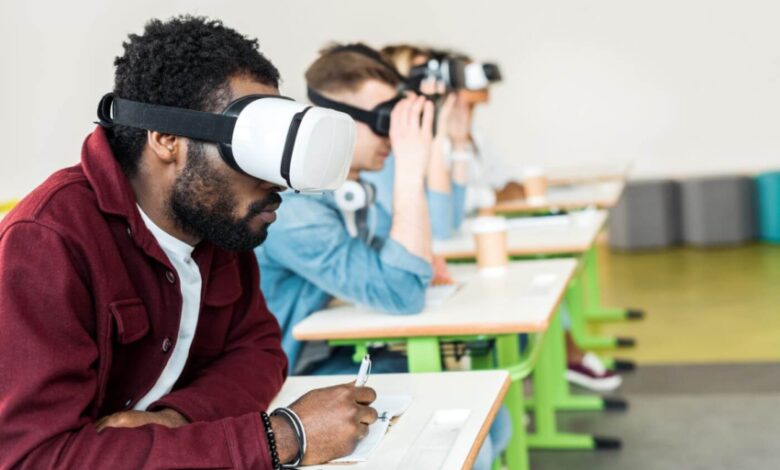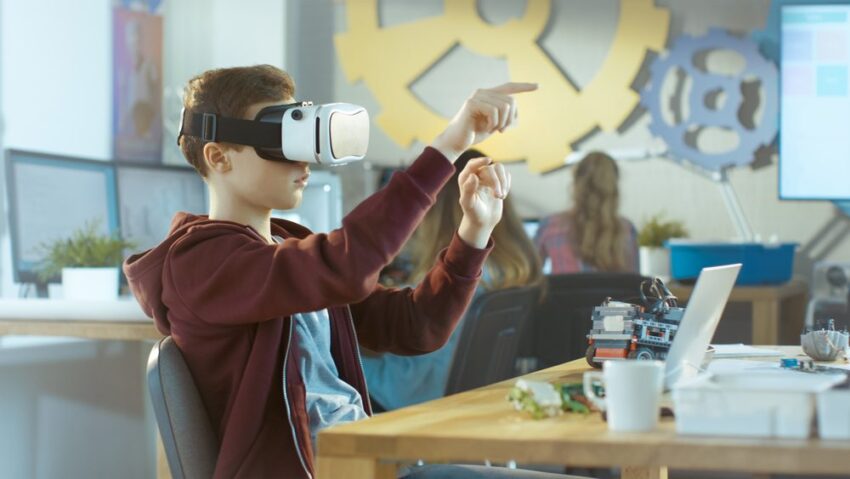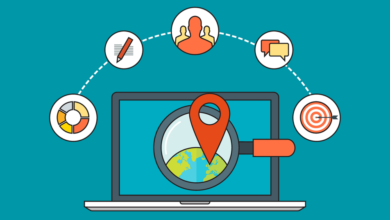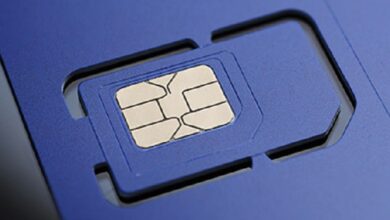Virtual Reality in Education: A Revolutionary Approach to Learning

As technology advances, the education industry is finding new and innovative ways to make learning more engaging and effective. One such technology is virtual reality (VR), which is rapidly gaining popularity in the education sector. VR is an immersive technology that creates a computer-generated environment that simulates a real-world experience. It can transport students to different parts of the world, different eras in history, or even to the microscopic level of cells.
In this article, we will explore the use of virtual reality in education and its benefits, applications, and future prospects. The article is presented by https://techedknow.com/
Benefits of Virtual Reality in Education

- Enhanced Learning Experience
VR technology provides a highly immersive and engaging learning experience that can make even the most boring subjects more interesting. It helps students to understand complex concepts by visualizing them in 3D, providing a deeper understanding of the subject matter.
- Increased Retention
Research has shown that students who learn in a VR environment retain information better than those who learn through traditional methods. VR stimulates the brain’s visual and auditory senses, making it easier for students to remember information. Discover How Virtual Reality Can Enhance Your Education And Learning Experiences
- Safe and Controlled Environment
In virtual reality, students can experience dangerous or risky situations without any real-life risks. It can be used to train students for emergencies, hazardous situations, or even surgeries, without the risk of harming anyone.
Applications of Virtual Reality in Education
- Science and Mathematics
VR can be used to teach complex scientific and mathematical concepts, which are difficult to understand through traditional methods. Students can explore the universe, the human body, or even molecules in 3D, making learning more interactive and fun.
- History and Geography
VR can transport students to different parts of the world or eras in history, giving them a first-hand experience of what it was like to be there. It can be used to teach history, geography, or even languages, making learning more immersive and engaging.
- Vocational Training
VR can be used for vocational training, such as pilot training, surgery simulations, or car repairs. It allows students to gain practical experience without the risks involved in real-life training.
Future Prospects of Virtual Reality in Education
The future of VR in education looks promising. As technology advances, VR will become more accessible, affordable, and user-friendly. With the increasing demand for digital learning, VR will play a significant role in shaping the future of education.
Conclusion
Virtual reality is a revolutionary approach to learning that is transforming the education sector. Its benefits are undeniable, and its applications are limitless. As technology continues to advance, VR will become an increasingly important tool for educators and students alike.



